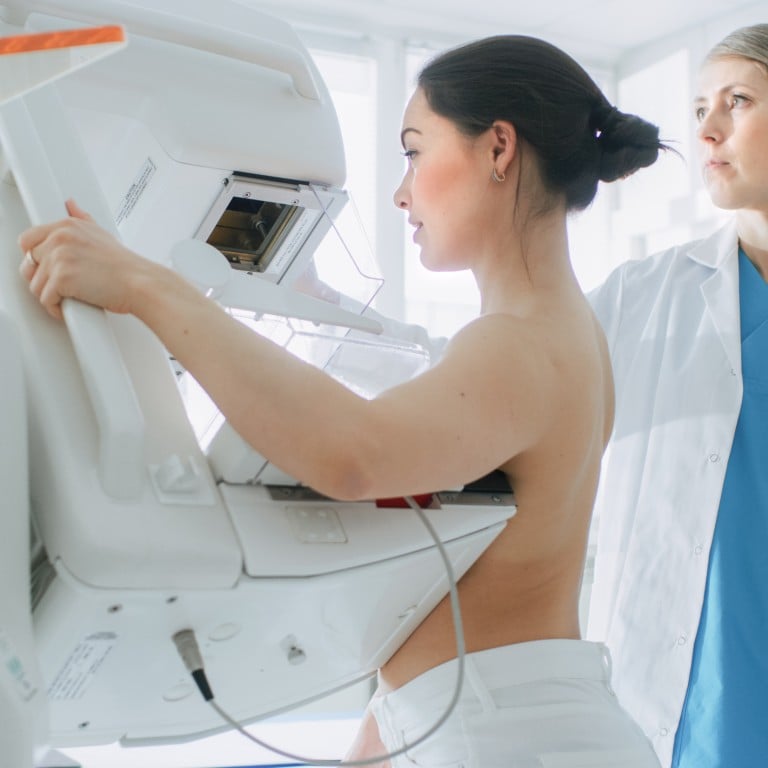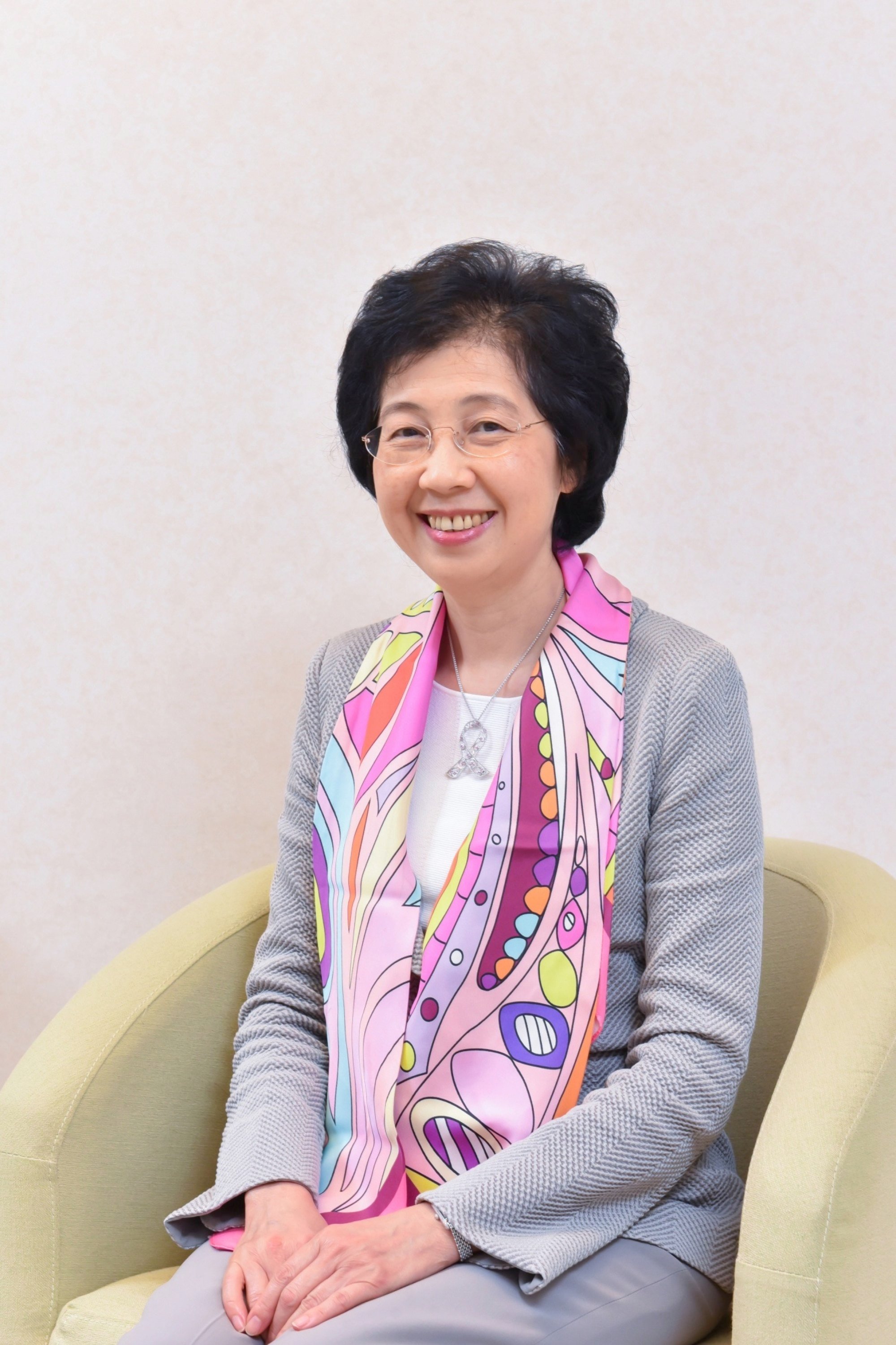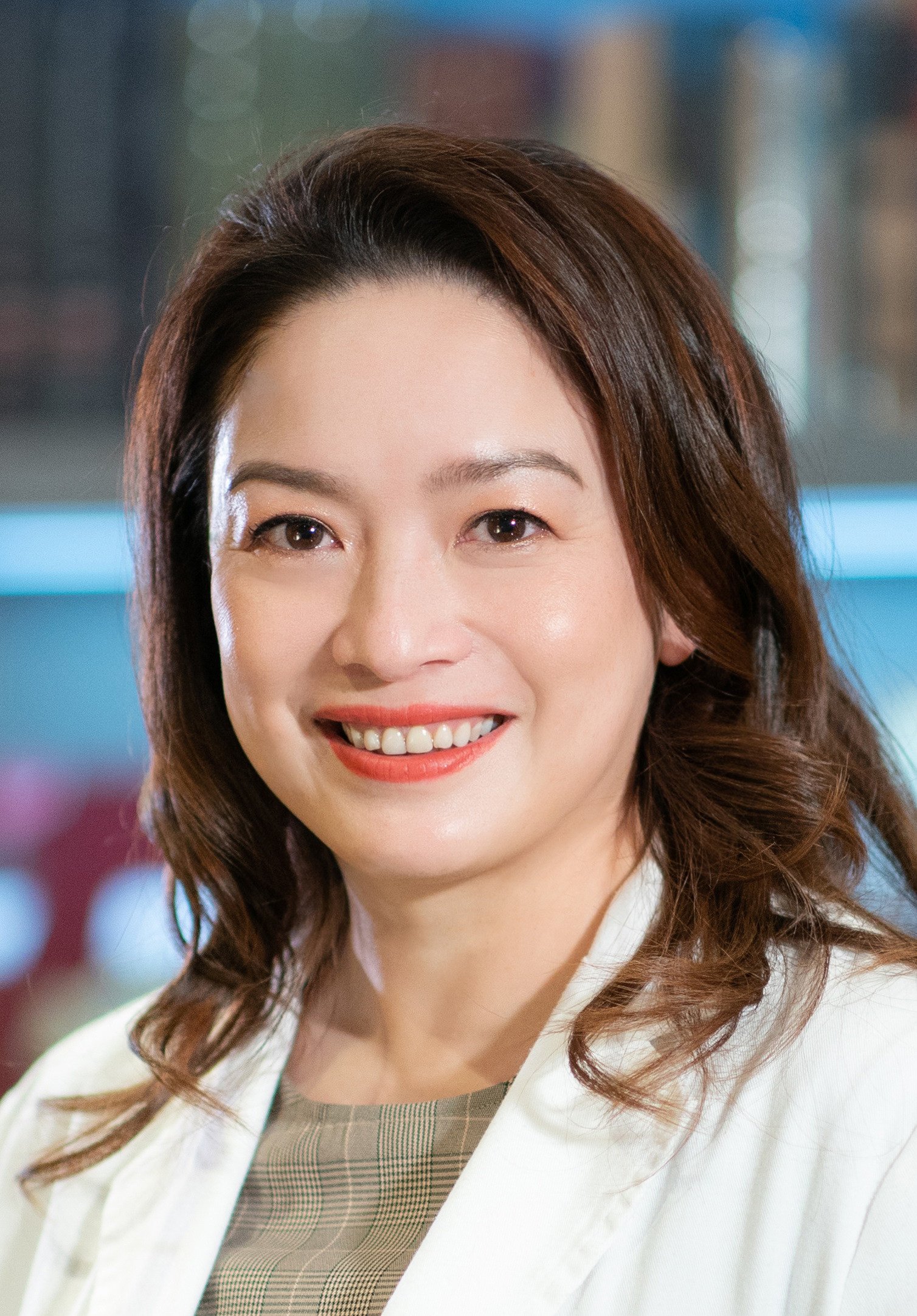
How actress Olivia Munn’s life was saved through a breast cancer risk assessment, and why women need mammograms regularly
- Actress’ mammogram came back negative, but breast cancer risk assessment prompted tests that found tumours and led to Munn having a double mastectomy
- Risk assessment tools look at family history and other factors to help doctors evaluate a patient’s chances of developing breast cancer
American actress Olivia Munn, who has starred in Date Night, X-Men: Apocalypse and The Newsroom, credits her doctor for saving her life.
But obstetrician and gynaecologist Thaïs Aliabadi, co-host of the podcast She MD, conducted a risk assessment for breast cancer on Munn anyway.
The assessment suggested Munn had a 37 per cent lifetime risk of getting breast cancer, prompting Aliabadi to send her for an MRI scan.
Ask your doctor to calculate your risk cancer assessment score
That led to an ultrasound, and then a biopsy which revealed that Munn had luminal B breast cancer, an aggressive and fast-moving subtype.
She had a double mastectomy a month later.
“I’m lucky. We caught it with enough time that I had options,” she wrote on Instagram.
“I want the same for any woman who might have to face this one day. Ask your doctor to calculate your risk cancer assessment score.
“Dr Aliabadi says that if that number is greater than 20 per cent, you need annual mammograms and breast MRIs starting at age 30.”
There are four main subtypes of breast cancer: luminal A, luminal B, triple-negative and HER2-positive.
Luminal A is the most common – nearly 70 per cent of breast cancers are luminal A; only about 10 per cent are luminal B.
Risk factors for the type Munn had – luminal B – include having a first child later in life; Munn had her son when she was 41.
Hong Kong stand-up comediennes’ serious message: breast checks save lives
Women with luminal B tumours are often diagnosed at a younger age than those with luminal A and tend to face a poorer prognosis.
According to the American College of Obstetricians and Gynaecologists, one in every eight women will suffer breast cancer in her life. It was the most common cancer in women in 157 countries in 2022.
For most women, the average risk of developing breast cancer is 10 to 12 per cent.
Assessing breast cancer risk
Two commonly applied tools help doctors evaluate a patient’s risk for developing breast cancer in their lifetime as well as within the next five years.
The Breast Cancer Risk Assessment Tool, or Gail Model, is based on data from American women. The Tyrer-Cuzick, or IBIS, model, is based on UK data.
Both tools consider a woman’s personal and family history, including whether they have children and what age they were when they had them.
Know your family medical history: your health could depend on it
Dr Polly Cheung is founder of the Hong Kong Breast Cancer Foundation and founding president of the Hong Kong Society of Breast Surgeons. She says these risk-assessment tools may not be as accurate in Asian women. Their value, though, is to guide women to have more frequent screening or additional breast imaging.
There are racial variations, agrees Professor Ava Kwong, a clinical professor at the University of Hong Kong and chairman of the Hong Kong Hereditary Breast Cancer Family Registry.
“A lot of the existing models, be it prediction for breast cancers or genetic mutations, are based on data gathered in the West,” Kwong says, so they may not be totally accurate when applied to Asians or people of other races.

Risk calculation is more accurate when genetic information is available, Kwong says.
Having data on both clinical risk and genetic risk increases the accuracy of cancer prediction, but there is “still a need to optimise them to address the ethnic diversity and accuracy of use in different races and ethnicities”, she says.
Mammograms best for early detection
Women with a family history of breast cancer or BRCA gene mutation have an increased risk of breast cancer compared to average-risk women. In women with a genetic predisposition, the risk can rise to as high as 60 to 80 per cent.
2 rare gene mutations increase breast, ovarian cancer risk: Hong Kong research
Age is the most important risk factor for women without a family history of breast cancer or a BRCA gene mutation, says Cheung. The best available early detection method is regular screening by 3D mammogram.
Risk assessment tools guide doctors in advising a patient to start screening at an earlier age, to have more frequent mammograms, or to have an ultrasound or MRI scan as well, Cheung says.
Data has shown that MRI – magnetic resonance imaging – has much higher sensitivity: 70 to 100 per cent in the initial screening setting compared to 40 per cent or less for mammogram screening.
The primary concern with MRI scans, Kwong says, is a high false positive rate, although this has improved in recent years.
How AI can help doctors detect early breast cancer: ‘we are complementary’
The Hong Kong government has a working group on cancer prevention and screening that makes different recommendations based on a woman’s breast cancer risk.
Women at high risk, such as those who are carriers of confirmed BRCA1 or BRCA2 gene mutations, or who have a family history of breast cancer, should ask their doctor about annual mammography screening and the age at which this should start.
Women at moderate risk, for example, women with a family history of one first-degree female relative – a parent, sibling or child – diagnosed with breast cancer under the age of 50, or two diagnosed over the age of 50, should be screened every two years.
I asked experts how best to prevent breast cancer after my own mass was found
Women aged 44 to 69 with any combination of risk factors – a history of breast cancer among first-degree relatives, a prior diagnosis of benign breast disease, a high body-mass index and physical inactivity – should also consider a mammogram every two years.
How to mitigate breast cancer risk
Breast screening through mammogram remains an important tool. It has proved itself in a reduction in breast-cancer deaths, and detecting cancer at earlier stages.

Mammograms can often be supplemented with ultrasound screening depending on breast density, says Cheung.
Taiwan has provided nationwide, free mammographs done every two years since 2004. A 2016 study linked the introduction of this programme to a 41 per cent reduction in breast cancer deaths, and a 30 per cent reduction in breast cancer diagnoses that were stage 2 or higher.
“This not only saves lives, but also saves treatment costs,” says Cheung.
Why regular mammograms can be lifesavers: they spot breast cancer early
In Hong Kong, breast cancer has been the most common cancer affecting woman since 1994. The latest figures from the Hong Kong Cancer Registry show more than 6,000 women were diagnosed with breast cancer in 2021, and Hong Kong women have a 7 to 8 per cent lifetime risk of getting breast cancer.
What can women do to manage risk?

Check your breasts monthly and take notice of any signs of change – lumps, puckering of skin, discharge from the nipples.

